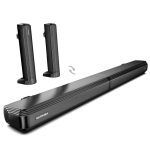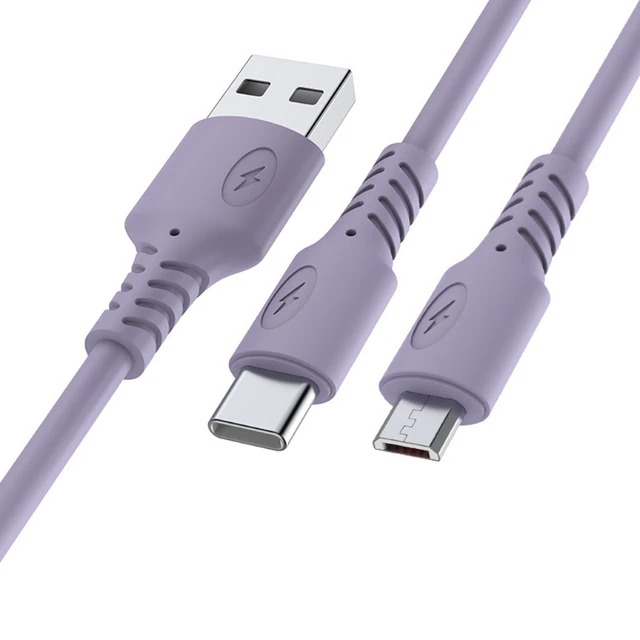When navigating the diverse landscape of electrical devices in Europe, understanding the intricacies of the EU plug is essential. Whether you’re a traveler, a business owner, or simply someone looking to equip your home with the right adapters, grasping the nuances of the EU Plug(Japanese:EUプラグ) can save you time, money, and frustration. This comprehensive guide delves into everything you need to know about EU plugs, ensuring you stay connected and safe in your electrical endeavors.
Understanding the EU Plug: Specifications and Standards

- Design and Structure: The EU plug, often referred to as the Type C plug, features two round pins with a diameter of 4.0 to 4.8 mm and spaced 19 mm apart. This design is standardized across many European countries, promoting uniformity and compatibility.
- Voltage and Frequency: EU plugs are designed to operate on a voltage range of 220-240V and a frequency of 50Hz. This ensures that electrical devices function efficiently and safely without the risk of overheating or damage.
- Materials and Build Quality: High-quality EU plugs are typically made from flame-retardant materials, ensuring durability and reducing the risk of electrical fires. The pins are usually made of brass or steel, providing a stable and reliable connection.
- Safety Features: Many EU plugs come with built-in safety mechanisms, such as shutters that prevent accidental contact with live pins. Additionally, the grounding mechanism in some variants enhances user safety by preventing electric shocks.

When traveling or moving within Europe, understanding the various types of plug sockets and connectors is essential for using electronic devices. Here’s a comprehensive overview of the different types of EU plugs and their variations:
European Plug Types
- Type C (Europlug):
- Description: This is the most common plug type in Europe. It has two round pins and is designed for devices that require low power.
- Usage: Used in most European countries, including Germany, France, and the Netherlands.
- Voltage: 230V
- Current: Up to 2.5A
- Type E:
- Description: This plug features two round pins and a hole for a grounding pin. The pins are slightly thicker than those of Type C.
- Usage: Predominantly used in France, Belgium, Poland, Slovakia, and the Czech Republic.
- Voltage: 230V
- Current: Up to 16A
- Type F (Schuko Plug):
- Description: Similar to Type E but with grounding clips on the sides rather than a hole. It has two round pins and is commonly used for higher-power devices.
- Usage: Used in Germany, Austria, the Netherlands, and Spain, among others.
- Voltage: 230V
- Current: Up to 16A
- Type G:
- Description: Characterized by three rectangular prongs forming a triangular shape. It’s more commonly found outside of mainland Europe, including the UK and Ireland.
- Usage: While not technically a European standard, it’s worth noting due to travel implications.
- Voltage: 230V
- Current: Up to 13A
- Type L:
- Description: Contains three round pins in a line. The configuration can vary; there are Type L plugs with 10A and 16A versions.
- Usage: Commonly used in Italy and parts of Chile.
- Voltage: 230V (10A version is rated for 10A, 16A version for 16A)
- Type J:
- Description: Features three round pins, where two are used for live and neutral, and one for grounding.
- Usage: Used mainly in Switzerland and Liechtenstein.
- Voltage: 230V
- Current: Up to 10A
Important Considerations
- Compatibility: While Type C plugs can fit in Type E and F sockets, the reverse is not always true due to the grounding mechanisms.
- Voltage: Most European countries operate on a voltage of 230V. Ensure that your devices are compatible with this voltage to avoid damage.
- Adapters: If you are visiting multiple countries, it may be worth investing in a universal travel adapter that accommodates various plug types.
Conclusion
Being aware of the variety of plug types across Europe can save a lot of trouble when charging devices or using appliances. When packing for your trip, consider the types of plugs you may encounter and ensure you have the necessary adapters or converters to keep your devices powered and functional.
Choosing the Right EU Plug Adapter: A Step-by-Step Guide
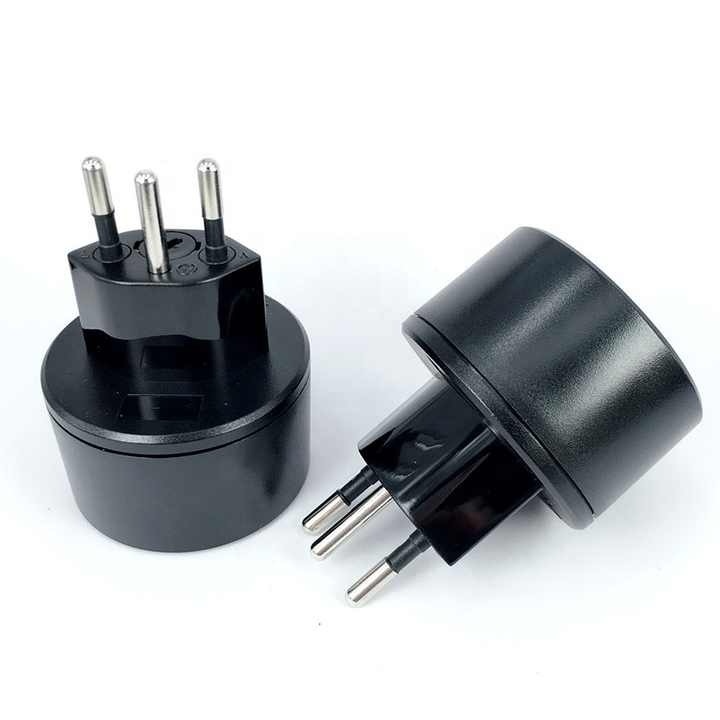
- Identify Your Destination’s Plug Type: Europe comprises multiple plug types. Researching the specific plug type used in your destination country is the first step in choosing the right adapter.
- Check Device Compatibility: Ensure that your devices are compatible with the voltage (220-240V) used by EU plugs. If not, a voltage converter may be necessary to prevent damage.
- Consider Multifunctional Adapters: Investing in a universal adapter that includes EU plug compatibility can be cost-effective and convenient, especially for frequent travelers.
- Quality and Certification: Opt for adapters that are certified by recognized standards organizations, ensuring they meet safety and performance criteria.
Safety Precautions When Using EU Plugs: Protecting Your Devices and Yourself
- Inspect Before Use: Always check plugs and adapters for signs of wear, damage, or fraying. Faulty equipment can lead to electrical hazards.
- Avoid Overloading Sockets: Plugging too many devices into a single socket can cause overheating and potential fires. Use power strips with surge protection to manage multiple connections safely.
- Use Surge Protectors: Protect sensitive electronics from voltage spikes by using surge protectors, especially in areas prone to electrical fluctuations.
- Proper Storage: When not in use, store plugs and adapters in a dry, cool place to prevent corrosion and damage.
EU Plug vs. Other International Plugs: A Comparative Analysis
- Compatibility: While the EU plug is prevalent, it may not be compatible with plugs from other regions like the US (Type A/B) or the UK (Type G). Understanding these differences is crucial for international travelers.
- Safety Standards: EU plugs adhere to stringent European safety standards, often more rigorous than those in other regions. This focus on safety minimizes the risk of electrical accidents.
- Design Efficiency: The compact design of EU plugs makes them versatile and easy to use, fitting seamlessly into various socket designs across Europe.
- Market Availability: Due to their widespread use, EU plugs and compatible adapters are readily available, making replacements and upgrades straightforward for consumers.
Maintaining Your EU Plugs: Best Practices for Longevity
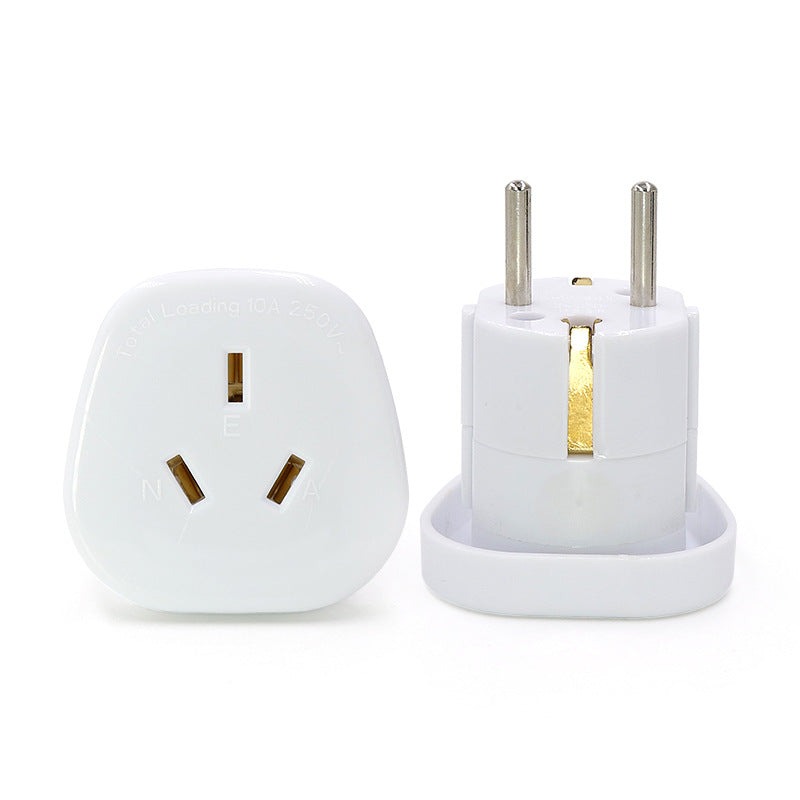
- Regular Cleaning: Dust and debris can accumulate on plugs, affecting their performance. Clean plugs regularly with a dry cloth to maintain optimal conductivity.
- Proper Handling: Avoid yanking plugs from sockets. Instead, grip the plug firmly and pull it straight out to prevent damage to the pins or socket.
- Avoid Moisture Exposure: Exposure to moisture can cause corrosion. Ensure that plugs and sockets remain dry, and use waterproof covers in humid environments.
- Periodic Inspections: Regularly inspect plugs for signs of wear, such as bent pins or cracks in the casing. Replace any damaged plugs immediately to maintain safety.
Future Trends in EU Plug Technology: What to Expect
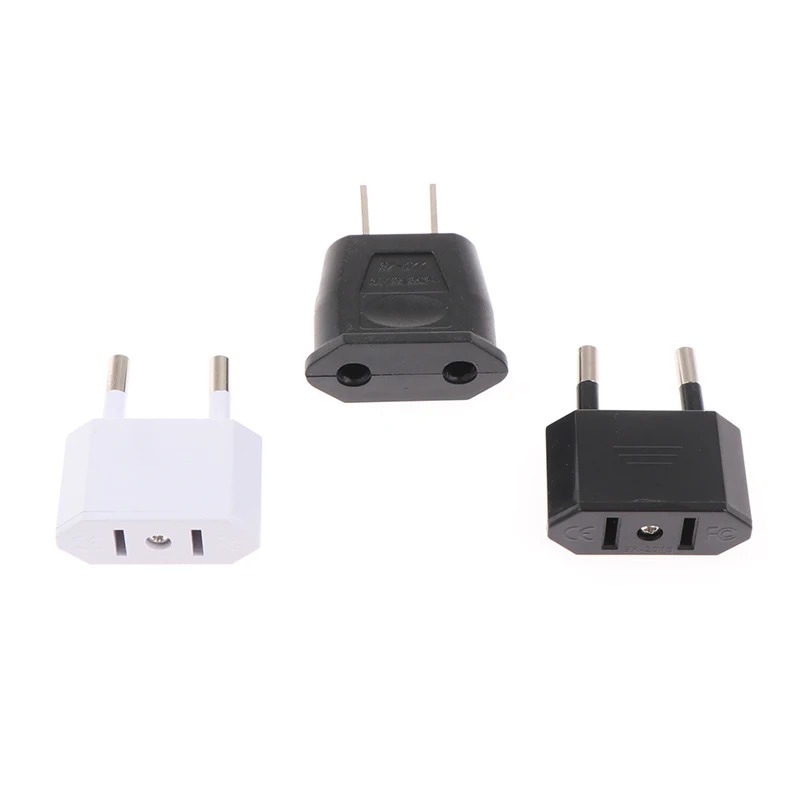
As of 2024, the landscape of plug technology in the European Union (EU) is undergoing significant transformation driven by several trends and technological advancements. Here are some key future trends to expect:
Standardization Initiatives
- Common Charging Standards: The EU has been pushing for a unified charging standard, particularly for electric vehicles (EVs). The recent regulations around the USB-C standard for mobile devices showcase this trend, and similar initiatives may extend to wider applications in charging solutions.
- Interoperability: Efforts will be made to ensure interoperability across various devices and manufacturers to simplify user experiences.
Increased Adoption of Electric Vehicles (EVs)
- Rapid Expansion of EV Charging Infrastructure: As the EU aims to meet its climate goals, the proliferation of EVs will necessitate a vast network of charging stations. Expect to see innovative plug technologies that allow for faster, more efficient charging.
- Wireless Charging Technology: The development of inductive charging—where EVs can charge without traditional plugs—will gain momentum, particularly in urban areas with high vehicle density.
Smart Charging Solutions
- Integration with Smart Grids: Future plug technologies will likely integrate with smart grid systems, allowing for more efficient energy distribution based on real-time demand and supply.
- V2G (Vehicle-to-Grid) Technology: This will enable EVs to return electricity to the grid, making them integral to energy management systems. Expect plugs that facilitate V2G capabilities to become standard.
Advancements in Charging Speed
- Ultra-Fast Charging Options: The development of higher capacity charging plugs that can handle ultra-fast charging (e.g., 350 kW and above) will become critical as battery technologies improve.
- Battery Technology Improvements: Alongside charging technology, advancements in batteries, such as solid-state batteries or lithium-sulfur options, will complement faster charging plugs.
Sustainability and Eco-Friendly Materials
- Materials Innovation: There will be a shift towards using sustainable materials in plug manufacturing, reducing the carbon footprint associated with their production and disposal.
- Lifecycle Management: Focus on the entire lifecycle of plug technology—from production to recycling—will be emphasized to align with the EU’s broader environmental goals.
Enhanced User Experience
- Smart Features: Incorporation of IoT (Internet of Things) capabilities will enable plugs to communicate user preferences, charging schedules, and energy costs, enhancing user experience and optimizing the charging process.
- User-Friendly Designs: Innovations in design will aim to simplify usage, making connectors more ergonomic and reducing the chances of incorrect connections.
Focus on Accessibility
- Universal Access Solutions: Ensuring that charging infrastructure is accessible for all users, including those with disabilities, will be a critical consideration in the design of future charging solutions.
Policy and Regulatory Developments
- Strengthening Regulations: The EU will likely continue to introduce policies promoting the development and deployment of advanced plug technologies in line with sustainability and energy efficiency targets.
- Incentives for Innovation: Expect to see governmental incentives aimed at encouraging research and development in new charging technologies.




